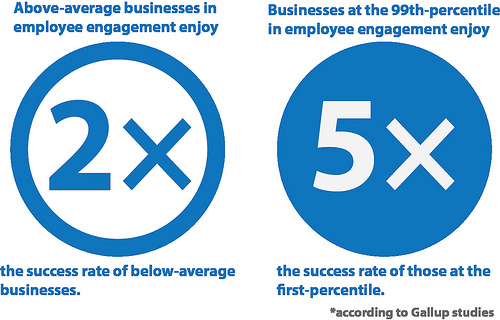 Ever since Facebook launched its new Timeline to Facebook Pages, brands have been trying to figure out how to use it to their advantage. The Timeline offers a new view of a brand’s history that Facebook users have yet to completely accept, so brands have to tread carefully.
Ever since Facebook launched its new Timeline to Facebook Pages, brands have been trying to figure out how to use it to their advantage. The Timeline offers a new view of a brand’s history that Facebook users have yet to completely accept, so brands have to tread carefully.
However, finding the right ways to turn a feature that users don’t instantly accept, understand, or like into something that they love is what brands do best, so it seems like a great opportunity. At least that’s what Spotify saw when it turned its Facebook Page Timeline into an ongoing history of music.
Spotify sees the Facebook Timeline as a perfect story-telling device. Not only can brands tell their own stories using the Facebook Timeline, but people can join in by sharing their own stories, too. What better way to create an emotional connection with consumers and build a brand?
While Spotify’s Timeline is still a work in progress, a quick perusal gives you an idea of what it could become — a one-stop destination for everything and anything related to music history. Right now, Spotify is focusing on adding “huge historical landmarks” to its Facebook Timeline while keeping its Facebook content fresh with current music news. Adding an interactive crowdsourcing element to its Facebook Timeline, Spotify is asking visitors to share dates in music history that they think are significant but still missing from the timeline.
The lesson to learn from Spotify’s Facebook Timeline is simple. As new tools are launched and features are added, don’t just think about all the new content you need to create to build your brand presence. Instead, think about how you can repurpose existing content and couple it with fresh content to build a branded experience that adds value to consumers’ lives. Spotify is doing it by repurposing content from the pages of music history, and you can do it, too. That’s one of the key lessons I discuss in Content Marketing for Dummies, and it applies to both online and offline marketing as well as traditional marketing tactics and new media marketing tactics. Don’t be afraid to get creative!
 Remember when the big problem for television advertisers shifted from consumers leaving the room during commercials to fast forwarding over them when they recorded the programs they watched? Next, the proliferation of DVRs made it easier than ever for people to skip commercials. Now, consumers have added another way to ignore commercials and it’s growing in popularity very quickly — simultaneously using tablet and smartphone devices while watching television.
Remember when the big problem for television advertisers shifted from consumers leaving the room during commercials to fast forwarding over them when they recorded the programs they watched? Next, the proliferation of DVRs made it easier than ever for people to skip commercials. Now, consumers have added another way to ignore commercials and it’s growing in popularity very quickly — simultaneously using tablet and smartphone devices while watching television.
